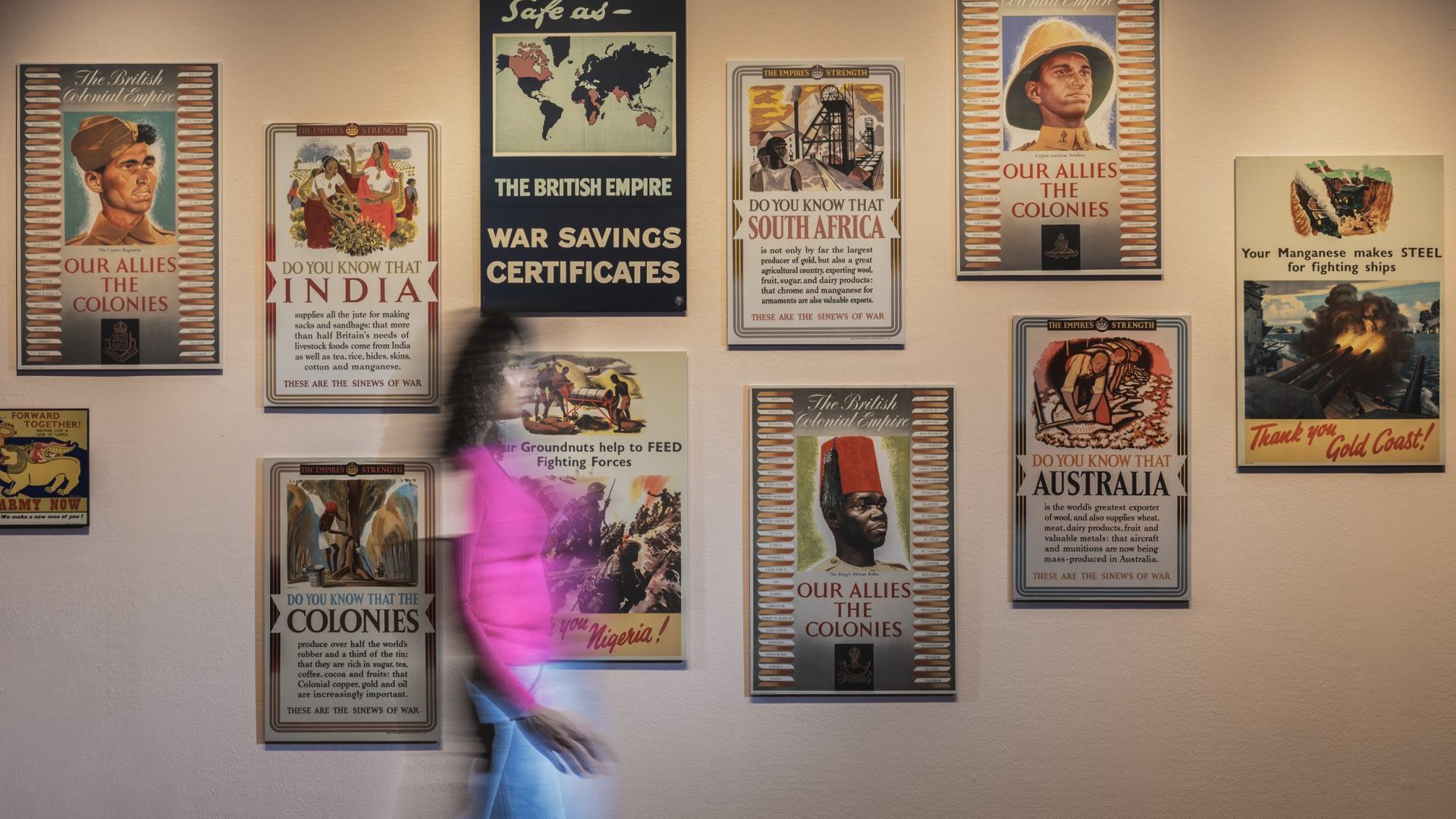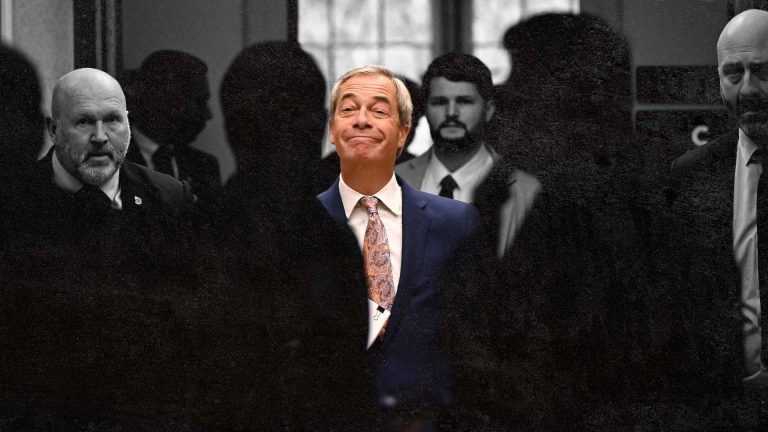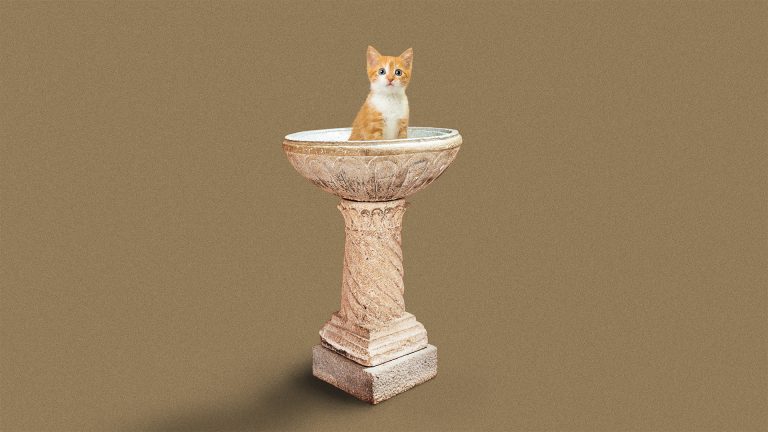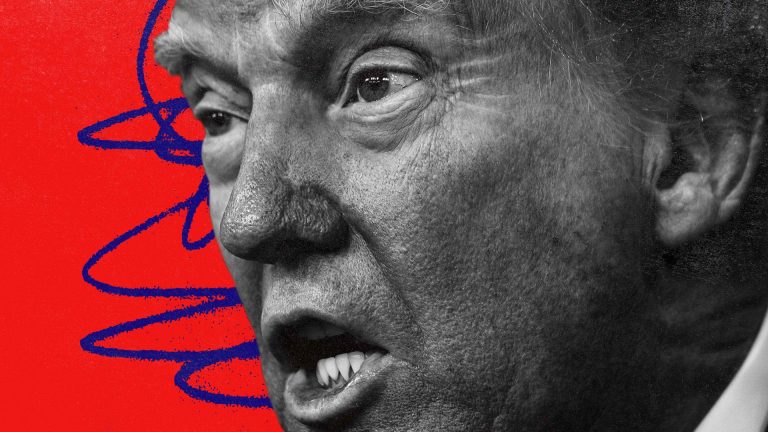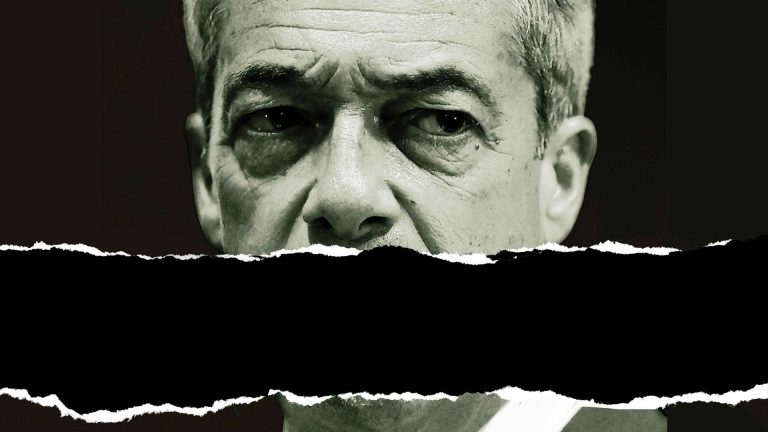History, for most educated until 18 in the UK, ended, not Fukuyama-like, with the cold war, but world war two. The Allies won, street parties were held. There was nothing left to learn.
Decolonisation is not on the curriculum; as much as it is understood by many, it is through Harold Macmillan’s Winds of Change speech: patrician British politicians, grateful for the colonies’ service, bade them a sorrowful farewell and granted them their independence.
IWM London’s latest exhibition, Emergency Exits: The Fight for Independence in Malaya, Kenya and Cyprus, goes some way to correct this simplistic and false narrative. For it shows how Britain, like its fellow European imperial powers, sought, post-war, to reoccupy their resource-rich colonial possessions as a priority.
By the late 1940s, British and British-led troops found themselves fighting in conflicts against colonised people who wanted a different future for their countries, and in many ways thought they had been promised it. The name of the exhibition comes from the fact that the colonial authorities cynically termed these conflicts ‘emergencies’ comes from the fact that calling them what they were – wars – would have invalidated the insurance policies of many of the European settlers. The move also allowed new powers to be adopted, many of which we’d recognise today.
“Within 20 years of that map that you see on that wall over there being printed, most of those countries were independent,” lead curator Carl Warner tells me, pointing to a post-WWII map of Britain’s colonies on IWM London’s third floor.
“It’s a case of looking back and going, well, there’s been an awful lot of scholarship over the last 20, 30 years, an awful lot of movement in those various areas… so it seemed to us the right time to blend what we currently have in our collection with newly acquired material so that we could present this story. Because when we asked audiences what they knew about this period, knowledge is not particularly extensive. And when you realise quite how much these conflicts have had very significant consequences in the countries concerned, we thought people in the UK would find that interesting too.”
Suggested Reading
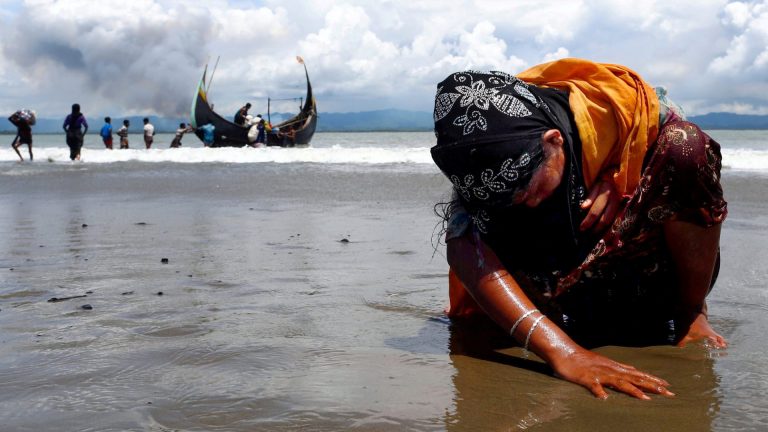
They keep on shooting: 40 years of Reuters
The museum worked with academics, co-curators and people in all three chosen countries “to try to bring some of those more recent perspectives,” he says. “The second world war provides lots of conditions, that people don’t necessarily understand as a consequence of that war, for a reorganisation. The conflicts were pretty brutal and scarring and, for a long time, evidence of these conflicts was not available until the work of historians and activists effected a reappraisal.”
The three countries examined in the exhibition, Malaya (now Malaysia), Kenya and Cyprus “jumped out together as overlapping conflicts that exemplify many of the things we’re looking at” says Warner. And the same threads run throughout – the sparking of complex civil wars, new tactics and a language of counter-insurgency from “hearts and minds” to “divide and rule”.
The exhibition is bookended by stories from people who live less than a mile from the museum in South London’s multicultural Lambeth – people displaced from homes thousands of miles away, yes, but also “indigenous” Brits, for want of a better term, with their takes on decolonisation and its effects. It then reminds us of why we were there. “I contend that we are the finest race in the world and that the more of the world we inhabit the better it is for the human race,” runs an 1877 quote from Cecil Rhodes across pretty much an entire wall.
It then moves on, via propaganda posters, flags, artwork and possessions to tell the stories, as much as one can in these spaces, of each conflict. In Malaya, where, battling the Malayan National Liberation Army, the colonial authorities implemented the ‘Briggs Plan’, which forcibly resettled around half a million people into guarded ‘New Villages’, surrounded by barbed wire fencing, guarded gates and watchtowers.
In Kenya, where authorities used brutal methods to suppress the Mau Mau, detaining more than 80,000 Kenyans without trial in a network of camps and using forced labour and torture to ‘rehabilitate’ them. And in Cyprus, where displaying the Greek flag was banned – a homemade one embroidered ‘Freedom of Death. Hail Greece’ is displayed – and parts of which remain to this day sovereign British territory with forces continued to be deployed from there.
If attendees know little of this, it may not just be because of its lack of presence on the curriculum but because, under Operation Legacy, colonial authorities in all three countries would later carefully and secretly remove and destroy sensitive documents from the archives. But they did not forget the counter-insurgency tactics later used in Northern Ireland, Iraq and Afghanistan.
A small display at the very end of the exhibition shows a number of pieces of merchandise displaying the ‘Keep Calm and Carry On’ logo – mug, fridge magnet, a babygro – rediscovered and popularised in the 2000s as a sort of twee reembracement of the Blitz spirit. You think this is our history, it seems to say. Well, this is too.
Emergency Exits: The Fight for Independence in Malaya, Kenya and Cyprus runs at IWM London until March 29, 2026


